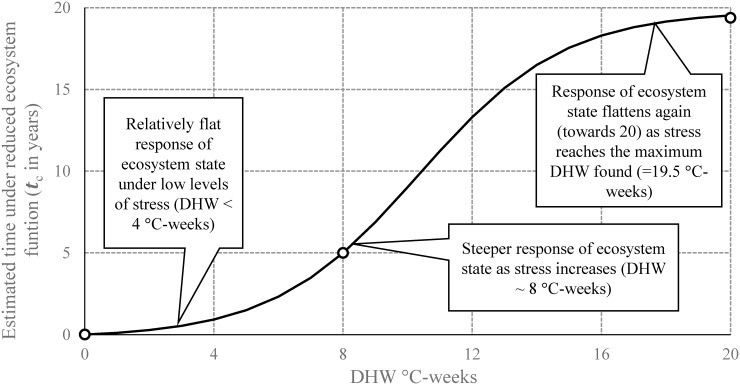Fig 3. Conceptual illustration of the effects of acute thermal stress on coral-reef ecosystem state described by a logistic function.
Empty circles indicate values used to fit the model. The form of this function assumes that the time that coral reefs spend with reduced ecosystem function (capacity to grow, repair, and reproduce), t c, is short at low DHW values because we expect that corals would recover quickly (within one year). This is followed by a steeper increase in t c; when widespread mortality begins (DHW reaches 8°C-weeks), the time that corals would spend recovering increases rapidly as bleaching-level events intensify above this level. When almost the entire community is extirpated over large spatial scales (above about 16°C-weeks), we expect to have small increments of t c with increasing DHW for the ecosystem as a whole because only stress-tolerant species that can withstand greater acute disturbance are present. The function then reaches an upper bound (i.e., in the formulae—asymptotic value—equal to 20 years) which is the maximum time required to regenerate a fully functional ecosystem after bleaching causes massive mortality and extirpates all organisms.

